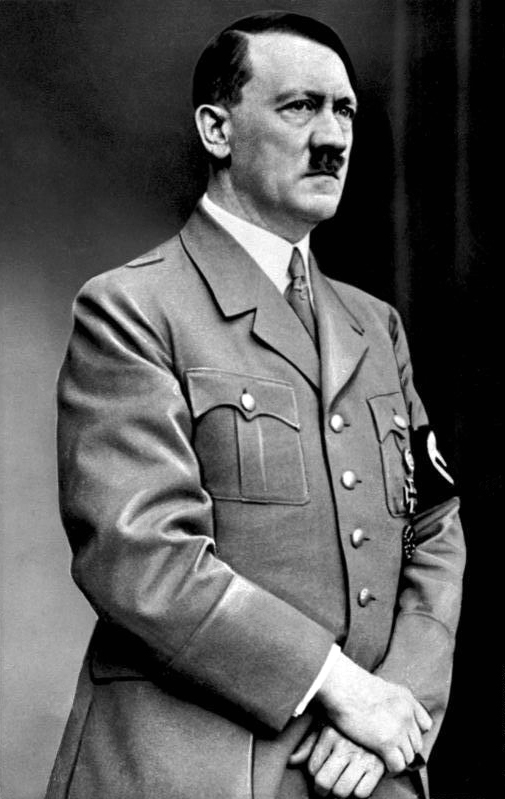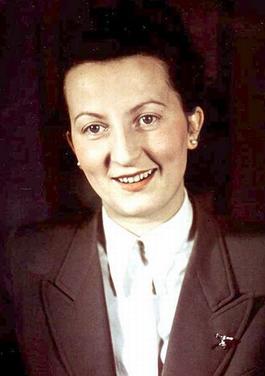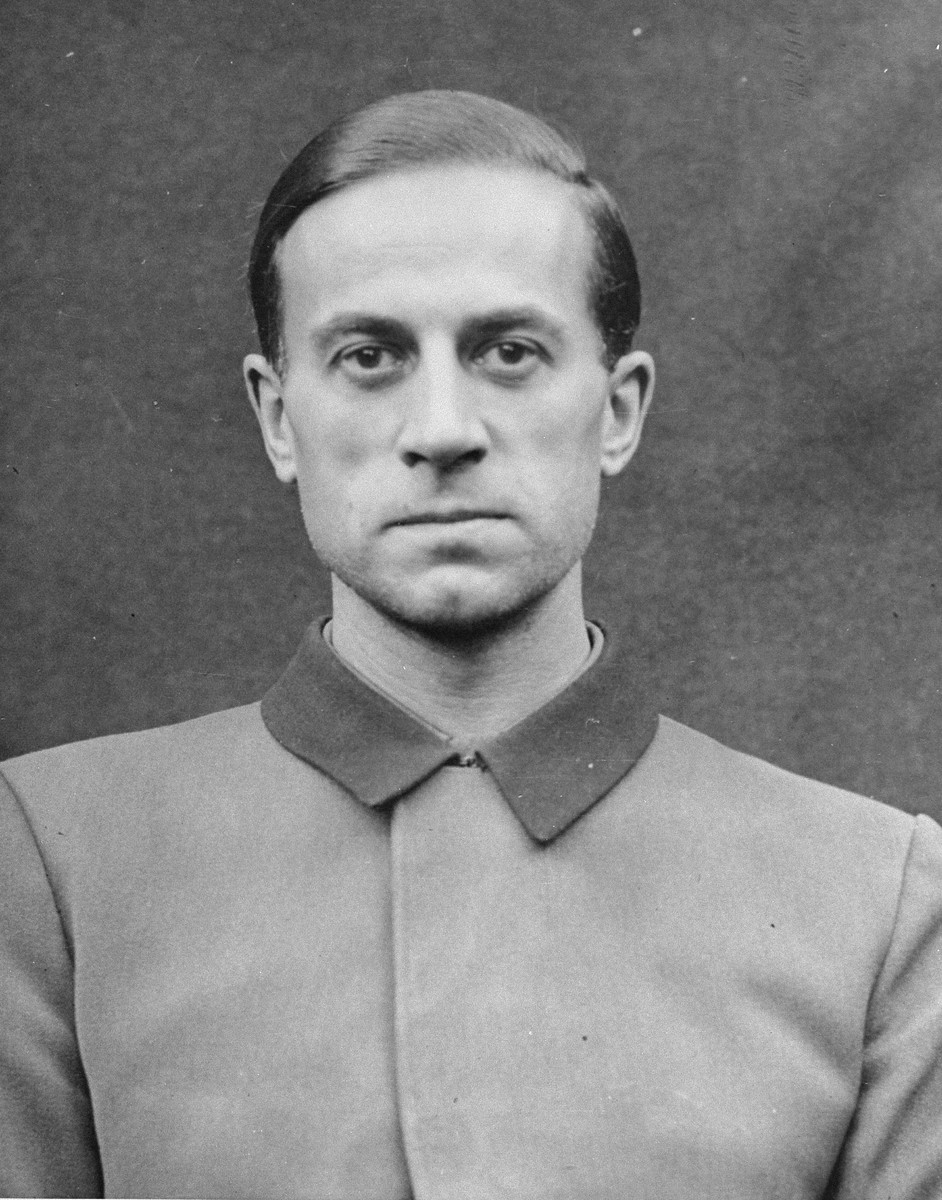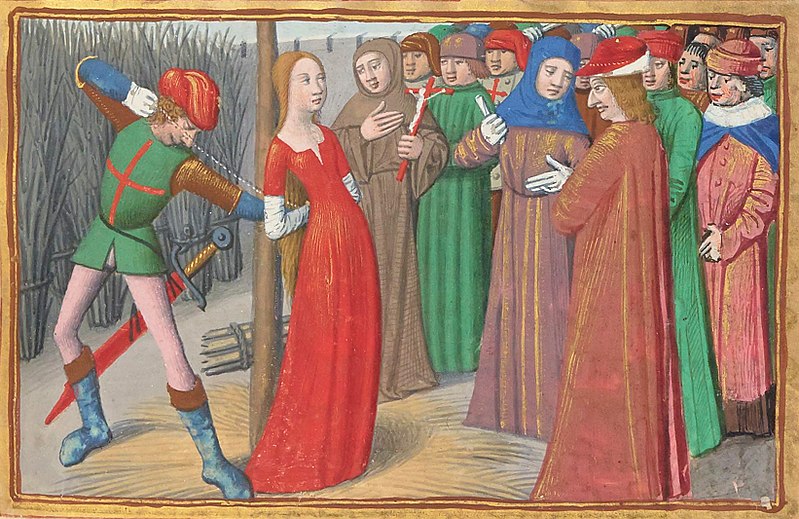The Disillusionment of Gilles
 |
| Philip, Duke of Burgundy |
The army
commanders were now ready to take the fight northwards to the English
strongholds in northern France. But Charles had no stomach for the fight and he
was encouraged in this by la Trémoille, who was negotiating with the Duke of
Burgundy in an attempt to turn him from his alliance with the English.
An initial
truce of 15 days was agreed; Joan was furious and wrote to the citizens of
Rheims
‘I am not pleased and do not
know if I will keep it. But if I do, it will only be to preserve the king’s
honour.’[i]
Joan wanted
to continue the military campaign and she was supported by Gilles, never one
with his finger on the political pulse. In any event d’Alençon supported
bringing Normandy back under French control, while Joan wanted to capture
Paris. This was a venture that d’Alençon opposed as he believed that Paris
could be gained through negotiation.
While the
negotiations went on with Burgundy the French and the smaller English army,
under the command of the Duke of Bedford, marched and counter marched in the
environs of Paris. On September 8th the assault on Paris began; the
day after Joan broke the sword she had allegedly received from a saint. This
mishap upset the superstitious Charles.
John, Duke of Bedford
After an
exchange of cannon fire the besiegers took the outworks guarding the Porte
St-Honoré. Following an attempt to fill up the moat with bundles of wood Joan,
Gilles and others went down into the dry ditch; from thence the attack on the
section of the city walls between the Porte St-Honoré and the Porte St-Denis.
During the attack Joan was wounded by a crossbow bolt.
The citizens
of Paris rallied to the defence of the city and about 4 o’clock the French army
started to withdraw. Many of the French troops were disillusioned with Joan;
‘They cursed the Maid
bitterly, for she had promised that Paris would certainly fall to their
assault, that she would sleep there that night and so would they all.’[ii]
Among those
disillusioned was Gilles, who had been an ardent supporter of the Maid until
now. Another person fed up with all the fighting was Charles himself, backed by
la Trémoille, his only desire was to return to the quiet life in the Loire. In
this he was aided by a truce with the Duke of Burgundy, which was to last until
25th December.
De Rais coat of Arms
On 21st
September the royal army was disbanded; Gilles was awarded the right to add the
royal arms to his own; an honour also awarded to Joan. Gilles now retired from
court, returning home and seeming not to miss all the glory of being fêted at
court.
In the
summer of 1432 Gilles was called back in his position as a Marshal of France;
the English laid siege to Lagny[iii]. Gilles army attacked on
10th August and the Duke of Bedford’s army was forced to withdraw.
Gilles allowed his men to pillage and plunder as a reward; this victory brought
him more renown, but he returned to his estates, no longer seemingly interested
in his fame.
The Dissolution of Gilles
Chateau de Blaison
Sometime in
the late autumn of 1429 Gilles’ only child, his daughter Marie was born. Gilles
was also short of money; since 1427 he had been funding a small army. Gilles’
wealth was in land and ready money was a problem for most of the nobility. To
raise cash Gilles sold the castle of Blaison, which action caused the final break between him and his grandfather. De
Craon was furious and purchased the castle back.
Gilles did
not spend his time on his estates quietly; he was involved in banditry; on one
occasion attacking the baggage train of Yolande d’Aragon as she travelled to
Ancemis[iv]. He also took possession
of the castle of Sablé[v], at the instigation of la
Trémoille who was fighting Yolande’s influence over her son-in-law.
Joan at the stake
Gilles
showed no interest in the capture, trial and death[vi] of his erstwhile comrade
in arms Joan; he was too busy holding merchants and travellers to ransom, presumably
in attempts to raise ready cash. He also borrowed money from his servants;
‘To Roland Mauvoisin, his
squire, Captain of Princé, the sum of 160 écus[vii],
for the purchase of a black horse, saddles and bridles, that he had promised to
his very good and dear friend Michel Machefer, captain of his men at arms.’[viii]
The Dissipation of a Fortune
The death of
Jean de Craon on 15th November 1432 removed the very last vestiges of
constraint upon Gilles. He and his grandfather had been drifting apart ever
since Gilles took control of his inheritance at the age of 20. Gilles was
unwilling to take advice and he did not have the political sense that permeated
through all de Craon’s actions.
Looking for
a period of calm and stability the king was no longer prepared to turn a blind
eye on the type of banditry that Gilles turned to for cash. And his cousin la
Trémoille was no longer in a position to protect him; the former favourite was
arrested not long after de Craon’s death.
In 1434
Orléans commemorated its deliverance from the English with the Mystery of the
Siege. Gilles arrived in September to enlarge the spectacle for his own glory,
staying the best part of a year. The city of Orléans purchased the banner
‘Which had belonged to
Monseigneur de Rais to show in what manner Les Tourelles was taken from the
English.’[ix]
Gilles
lavished money on theatrical representations; much to René’s dismay, spending
over a million pounds during his stay in Orléans. This only intensified René’s
attempts to get control of the de Rais fortune before his brother spent all his
inheritance.
Charles VII adoring the new born Christ
On 2nd
July 1435, after appeals by the family, Charles VII issued an edict forbidding
Gilles from selling off any more property; he was described as a spendthrift.
An executor was to be set up to administer the de Rais estates. The situation
was also exploited by Jean VI, Duke of Brittany for his own ends; reduction of
Gilles’ standing would be to his benefit. He refused to enforce the edict and
an executor was never appointed.
It was the
squandering of his fortune that was in part responsible for Gilles’ fall; one
of his biographers commenting;
‘The necessity to shine is
in him like a delirium: he cannot resist the chance to dazzle; he finds it
necessary to stupefy with an incomparable splendour.’[x]
Gilles’
chapel of the Holy Innocents was a huge drain on his fortune; the chapel
establishment was thirty people, whose lavish vestments and costumes were
designed by Gilles. Gilles, without church approval, created the dean of his
chapel a bishop. The choir had the finest choristers, one boy’s parents being
paid 300 ecus[xi]
in cash and an estate into the bargain. He and another boy singer were
corrupted sexually and were drawn into Gilles’ criminal behaviour.
Gilles
employed a goldsmith in his service to make the plate for the chapel. There
were several organs constructed, including at least one portable organ[xii] so that Gilles could
listen to music when travelling.
The Monster
Gilles
himself at his trial agreed that his criminal behaviour did not start until 1433.
The first murders were committed at Champtocé, but then Gilles moved to
Machecoul[xiii].
The procuring of the children was undertaken by Gilles’ cousins, Gilles de
Sillé and Robert de Briqueville. The first recorded victim was a furrier’s
apprentice, a boy named Jeudon, who was asked to carry a message to Machecoul;
he was never seen again.
The victims
were dressed in good clothes, fed and given hypocras[xiv] to drink. The child was
then taken to a private chamber where Gilles would masturbate on the child once
or twice. The child was then killed. Gilles confessed;
‘When the said children were
dead he kissed them and those who had the most handsome limbs and heads he held
up to admire them, and had their bodies cruelly cut open and took delight at
the sight of their inner organs.’[xv]
The bodies
were then burned in Gilles’ room and the ashes thrown into the cesspit or moat.
De Sillé and de Briqueville regularly provided victims for their cousin over
the next seven years. They were occasionally aided by an old woman, Perrine Martin,
who roamed the countryside collecting stray children.
Gradually
rumours spread around the area, as more and more children went missing. It was
claimed that the children were handed over to the English
‘To free Messire Michel de
Sillé, who was a prisoner of the English, or so people said…..they were obliged
to supply twenty-four male children to the English as ransom.’[xvi]
The Payback
In May 1436
Gilles took revenge on his old tutor Michel de Fontenay, who had published the
edict against him. De Fontenay was a priest in Angers and had close contacts
with the university. Gilles broke into his house and carried him off as a
prisoner at Champtocé and later at Machecoul. The Bishop of Angers and the
university protested and Gilles was forced to give way, having gained nothing
but the enmity of the church.
René and his
family were aware that Gilles was in the process of selling properties to Jean
VI. René believed that Jean VI had his eye on Champtocé and on 13th
September 1436 a meeting was held in Ancenis to discuss the problems. Gilles
had long ago lost interest in his own affairs, having given Robert de
Briqueville extensive powers to do so for him.
Jean VI
continued to purchase lands from Gilles[xvii] and in October 1437
René and the lieutenant general of Brittany, André de Laval-Lohéac, took Champtocé by force. Gilles
panicked and ordered his people to remove the evidence of his crimes. Three
weeks later René occupied Machecoul, where two skeletons were found. Poitou and
a colleague were questioned but both denied all knowledge.
At this
point, concerned that René and de Laval-Lohéac were conspiring against him, Jean
VI gave the lieutenant governorship of Brittany to Gilles. Jean VI suggested to
Gilles that he sell Champtocé[xviii]. The sale was finally
agreed on 20th January 1438, Gilles was able to buy his own castle
back from his brother, with monies advanced by Jean VI.
Now all
evidence of his crimes were removed, apparently within a 2 day period. There
were the bodies and bones of about 40 children to be disposed of and given the
short timescale the conspirators destroyed the remains elsewhere.
19th century depiction of Gilles attempts at black magic
Gilles was
still short of money and was losing the ability to raise it; he now turned to black
magic and alchemy in an attempt to provide for his continuing lavish lifestyle
and he fell under the spell of a cleric François Prelati. Jean VI still had his
eye on Gilles’ remaining properties and when rumours of Gilles’ criminal
behaviour were drawn to his attention Jean VI set an investigator on Gilles’
tracks. The children were still disappearing; Gilles was not in control of his
destructive appetites.
Gilles was
now suffering from frequent depressions that even his murderous activities
could not lift. The black magic was not solving his problems and Gilles decided
to repossess one of his castles that he had sold to Geoffroy le Ferron[xix]; the keys of which were
held by Geoffroy’s brother Jean, a priest. Gilles and his men attacked the
church where Jean was conducting a service; he was dragged off and thrown into
a dungeon as Gilles took possession of the castle.
Jean VI, in
tandem with the Bishop of Nantes, Jean de Malestroit[xx] now moved against Gilles,
whose actions gave them the pretext they desired. Jean VI imposed a fine of
50,000 ecus[xxi]
on Gilles, knowing that Gilles had no way of paying this. Accordingly Jean VI
took possession of the remainder of Gilles’ properties; the former richest man
in France was now nearly destitute, taking refuge in one of the two properties
that belonged to his wife.
Gilles paid
a fruitless visit to Jean VI and on the return journey committed yet another
murder. At virtually the same time; on the 29th July 1440 Jean de
Malestroit was issuing the finding of his investigations into Gilles’ crimes;
‘The nobleman Gilles de
Rais……with certain of his accomplices had slaughtered, murdered and massacred
in the most odious fashion several young boys and that he had taken with these
children pleasure against nature.’[xxii]
It was not
until 15th September that Gilles was arrested; he could not expect
support from Charles VII, who with his son Louis, was consolidating his rule
over France and enforcing compliance with the laws of the land. And it would be
against Jean VI’s best interests to save the man whose death was to his
advantage.
Following a
trial Gilles was condemned to death, but unlike his two co-defendants Poitou
and Henriet, Gilles was allowed to confess before being burnt at the stake on
26th October 1440.
Bibliography
The Hundred
Years War – Alfred Burne, Folio Society 2005
The Real
Bluebeard – Jean Benedetti, Sutton Publishing 2003
The Reign of
King Henry VI – RA Griffiths, Alan Sutton 1998
Joan of Arc
– Edward Lucie-Smith, Penguin 2000
[i]
The Real Bluebeard - Benedetti
[ii]
Joan of Arc – Lucie-Smith
[iii]
From where the lower Marne valley could be strategically controlled and now
within the suburbs of Paris
[iv]
15 miles from Champtocé
[v]
One of Yolande’s possessions
[vi]
30th May 1431, having been sold to the English by the Duke of
Burgundy whose men had captured her
[viii]
The Real Bluebeard - Benedetti
[x]
Joan of Arc – Lucie-Smith
[xii]
Requiring the services of 6 men to carry it
[xiii]
40 bodies were discovered in the grounds of Champtocé and a further 40 at
Machecoul
[xiv]
Wine steeped with sugar and spices, Gilles allegedly drank several bottles a
day
[xv]
The Real Bluebeard - Benedetti
[xvii]
Despite being forbidden by law from buying lands from his subjects, the
purchases being made through intermediaries
[xviii]
Which Gilles had already mortgaged to him
[xix]
Treasurer to Jean VI
[xx]
Jean VI’s chancellor
[xxii]
The Real Bluebeard - Benedetti





_-_British_Library_Add_MS_18850_f256v.jpg/401px-John,_Duke_of_Bedford_(detail)_-_British_Library_Add_MS_18850_f256v.jpg)




